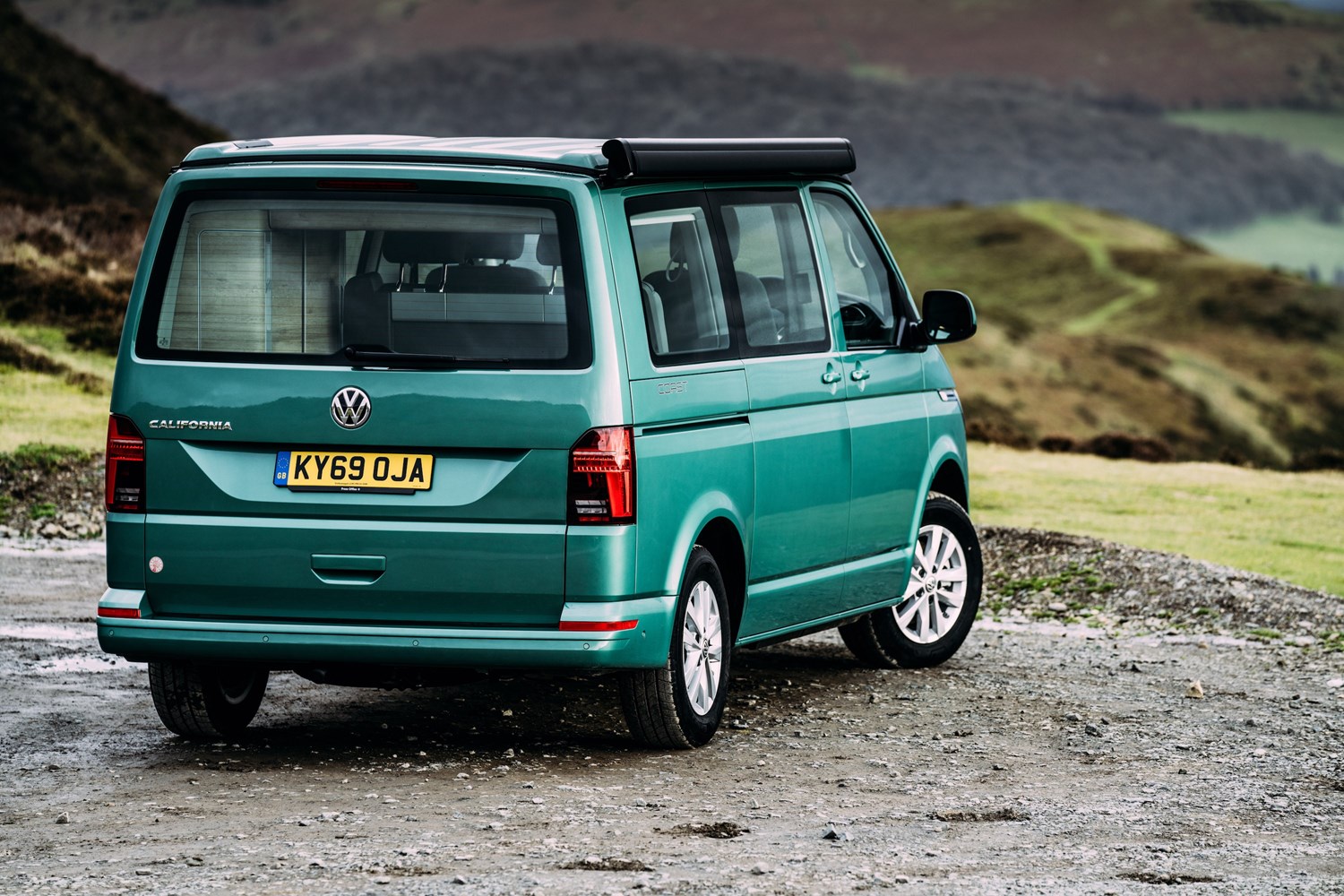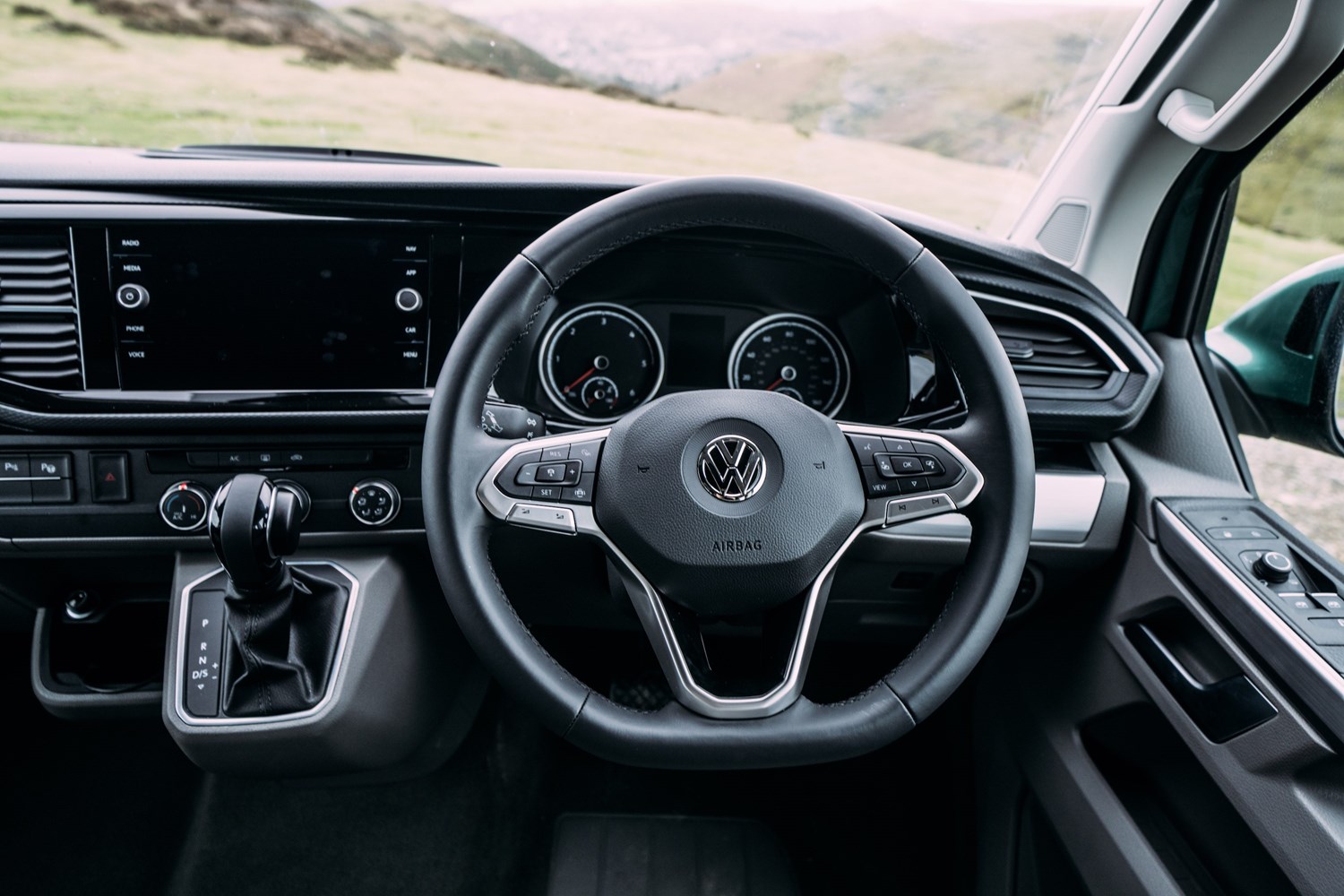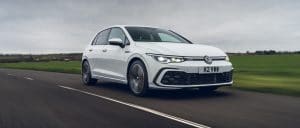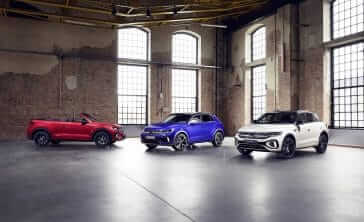Model review
Few manufacturers have dominated the campervan landscape quite like Volkswagen has over the years, and it’s the Transporter series that’s allowed the firm to do this.
Starting with the T1 ‘split screen’ that dates back to 1950 and is now incredibly desirable, Volkswagen has managed to create a whole lifestyle brand out of its campervans.
These have spanned throughout the generations and even up until today. But while we might know new VW campervans as the California, this name wasn’t actually used until more recently. And previously Volkswagen used Westfalia to create its sleeping models, but since the early 2000s it’s created its own campers in-house.
Today the California line-up is hugely desirable, to the point Volkswagen has now expanded its official range – launching the Grand California based on the large Crafter, while a small Caddy-based camper is also on the way.
Latest model
Transporter is shortened to ‘T’ when it comes to naming these VWs, and we’re now on the T6 generation, which was introduced in 2015.
And then in 2019 came the turn of the heavily revised T6.1 model, which introduced a bolder front end design with additional chrome and LED daytime running lights as standard.
There was also an even greater strive for practicality – including push buttons that open up the kitchen surfaces, a new touchscreen system to control the lighting and temperature along with more comfortable beds.
Value for money
While the California might be dripping in desirability, one thing it most certainly isn’t is cheap. No, these VW campers most certainly come at a price, starting from £55,000 or nearly £70,000 for the top-spec versions, even before you’ve ticked any optional extras. You’ll also want to set aside a good £5,000 or so to allow you to create the exact campervan you want, as there’s little point in cutting corners when you’re spending this kind of money.
It’s therefore little wonder that a lot of the Volkswagen campervans you see for sale aren’t genuine California's, but rather converted Transporters available at a fraction of the price. There are plenty of conversion companies up and down the country that do this, too, so if you’re not as bothered about having the real deal, the aftermarket route could be worth considering. Just make sure all work has been carried out to a high standard.
However, few things hold their value better than a California, with eight-year-old examples often still costing well in excess of £40,000, while long waiting lists mean that discounts on nearly-new models are few and far between.
Looks and image
Camper vans have always been desirable and popular, and in recent years they’ve become even more in demand. And the van that most people aspire to own is the Volkswagen California. Campervans don’t come much more coveted than this, and thanks to the extensive customisation options – both in terms of the way it looks and how you specify the inside – it’s a van you can truly tailor for your own tastes.
Despite being a campervan, the interior of the California is much more car-like than you might expect – the design mirroring that of Volkswagen’s cars, while high-spec versions feature an upmarket digital dials system. The quality is superb throughout – this being a key reason why people buy a California over just a regular converted Transporter.
Another big positive for the California is its ease of driving. It’s a relatively compact size, which makes it very easy to manoeuvre – whether you’re driving down tight city streets or narrow country lanes. It means that, outside of camping, plenty of people choose to use their California's every day, as it could be easily used as a car as well.
Space and practicality
While the California might not be all that big, seriously clever packaging means there’s more room in it than you might expect. All models come with things like a two-ring gas hob, a 42-litre electric cool box and on-board tanks for both waste and fresh water,
All versions also feature the cool pop-up roof, which gives way to a double bed – on standard models you have to do this manually, though top-spec versions come with the option to do this electronically. In terms of seating, four can travel in a standard California, though there’s the option to add a fifth seat if needed.
As for sleeping, the main double bed comes from the pop-up roof, while the second bed is made by folding the rear seats flat, and adding an extension to it to make it long enough for adults.
Engines
Perhaps unsurprisingly considering the long distance that many California's do, it’s only available with diesel engines. Volkswagen’s tried-and-tested 2.0-lite turbocharged unit is used, and produces 148bhp in standard form, while coming with a seven-speed DSG automatic transmission – as do all modern California models. Performance isn’t brisk – 0-60mph taking 14.1 seconds – but you shouldn’t ever need to push it to its limits.
The other engine option increases the power to 196bhp, with this model being available with 4Motion four-wheel-drive as well – ideal if you’re looking to go wild camping or intend to head off the beaten track with your camper. With 4Motion fitted (regular models remain front-wheel-drive), it knocks the 0-60mph time down to 11.1 seconds and it would reach a top speed of 123mph.
Running costs
Used everyday, the California could prove thirsty. Given its weight, the diesel engines have a lot up against them, with even the most efficient model returning a claimed 33.6mpg, though the four-wheel-drive version is noticeably worse on fuel – VW claiming 31.4mpg. CO2 emissions are quite steep, too, ranging from 221g/km to 237g/km.
Its heavy weight also means you should expect it to get through brakes and tyres quite quickly if used regularly, while it’s worth shopping around for specialist insurance to lower the cost, with many companies offering lower rates for camper vans.
Things to look out for
The California, as with the Transporter it’s based on, both have a good reputation for reliability, with only minor niggles sometimes affecting things. Build quality certainly shouldn’t be an issue, with durability being one of this VW’s greatest assets. If you’re buying a used California, it’s worth properly inspecting it to make sure everything is working as it should, and that all fixtures and fittings are included.
Rivals
The Volkswagen California is quite a rare thing – a campervan built in-house by a manufacturer, as many outsource this to other companies. That said, many firms offer similar builds on their vehicles, with Ford enlisting the help of Westfalia on its Transit Custom Nugget, for example. If you fancy something as upmarket as the Volkswagen, though, look at the Mercedes Marco Polo, which is based on the firm’s V-Class.
Depreciation
While you pay a huge premium in the first place for a California, it’s a model that’s hard to beat for holding its value. With there being huge demand for this VW (and not a huge deal of supply), it means prices remain high. If you’re looking for something you can safely put your money into and not lose a huge amount, the California is worth considering.





